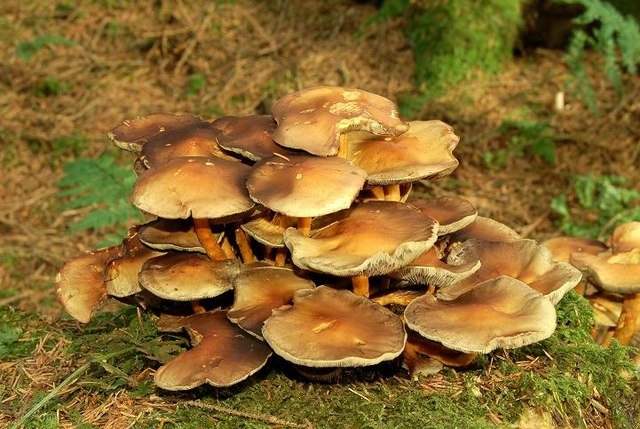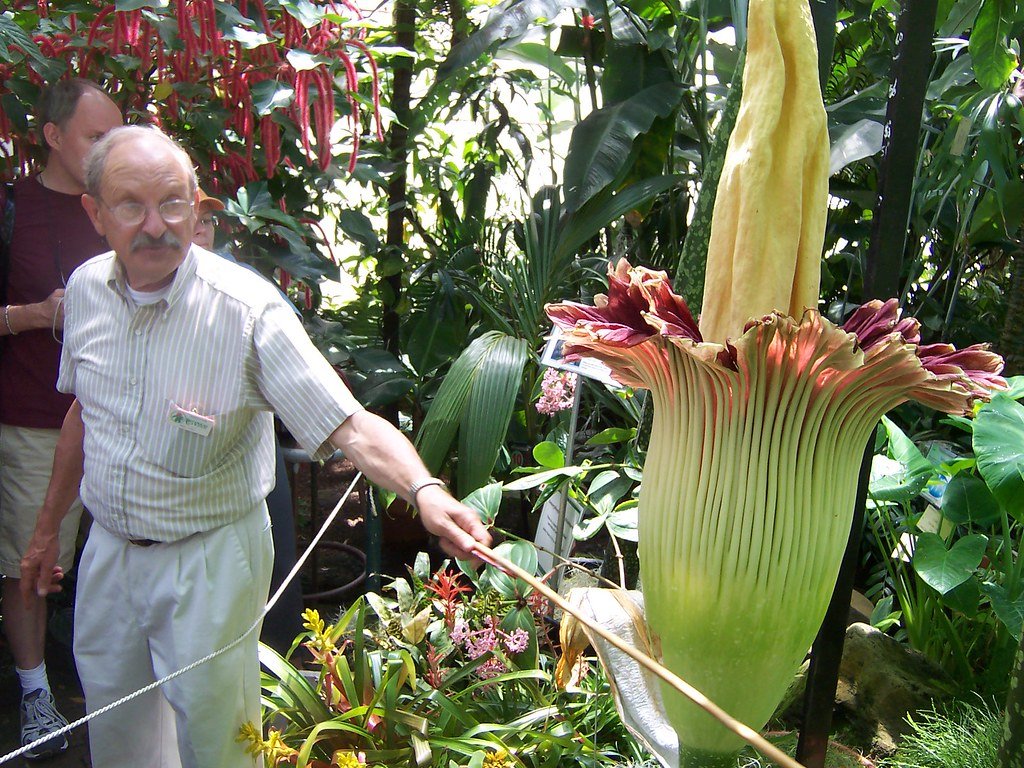Imagine walking through a lush, green forest, the air filled with the scent of pine and fresh earth, only to learn that beneath your feet, a silent killer is at work—slowly, relentlessly, and invisibly destroying everything above. This is no ordinary threat. It’s not a wild animal or a raging fire, but a fungus lurking in the shadows of the soil, orchestrating devastation on a scale that few people realize. This is the story of a hidden destroyer—one that can erase entire forests from the map without ever revealing itself above ground.
The Silent Assassin: Understanding Armillaria
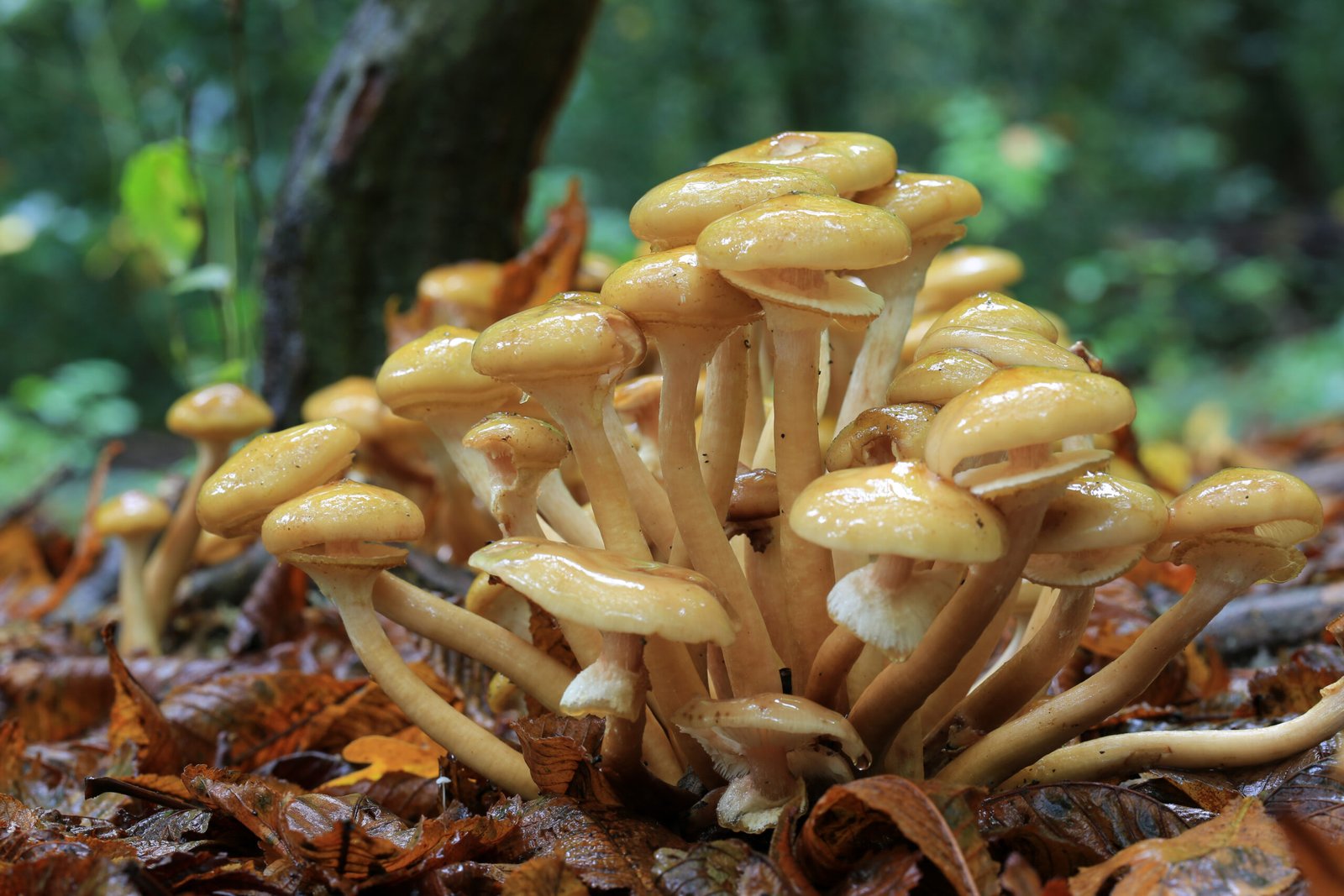
Armillaria, often called the “honey fungus,” is a group of fungi that might look harmless at first glance. Their golden-brown mushrooms sometimes peek above the ground, but the real action is happening below the surface. Here, their sprawling, web-like structures called rhizomorphs snake through soil and roots, quietly infecting trees and stealing their life. What makes Armillaria truly terrifying is its patience—it can kill slowly, over decades, or it can decimate a forest in just a few years if conditions are right. This fungus doesn’t roar or flash; instead, it whispers death from below.
The Largest Living Organism on Earth
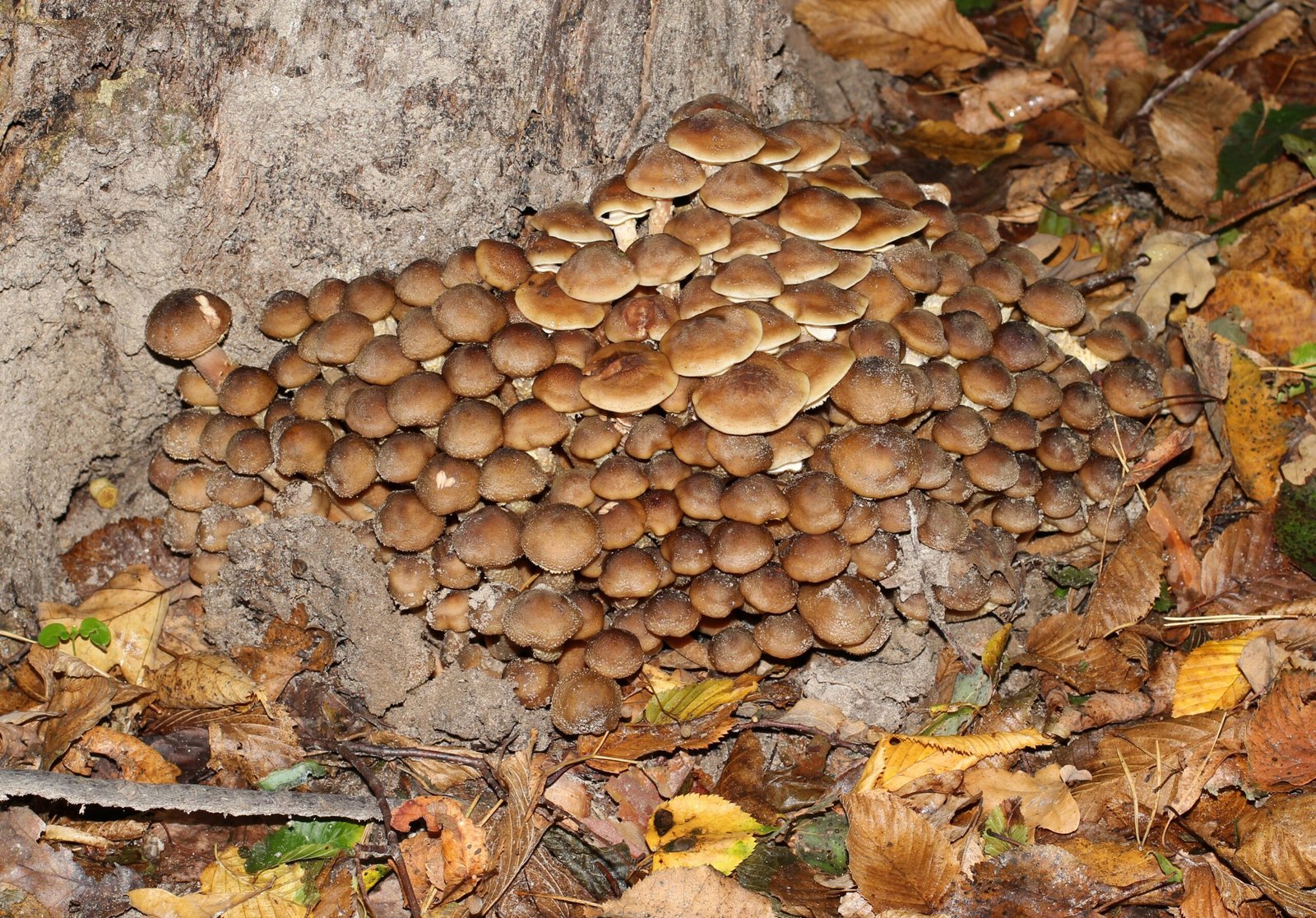
It might sound unbelievable, but the largest living thing on our planet isn’t a whale, a tree, or even a blue whale. It’s an Armillaria fungus in Oregon, USA, stretching over 2,385 acres. This single organism is estimated to weigh hundreds of tons and is thought to be over 2,500 years old. If you were to walk from one end of this fungal network to the other, it would be like wandering through a city built entirely underground. The sheer scale of this fungus isn’t just astonishing—it’s almost haunting.
How the Fungus Invades and Spreads
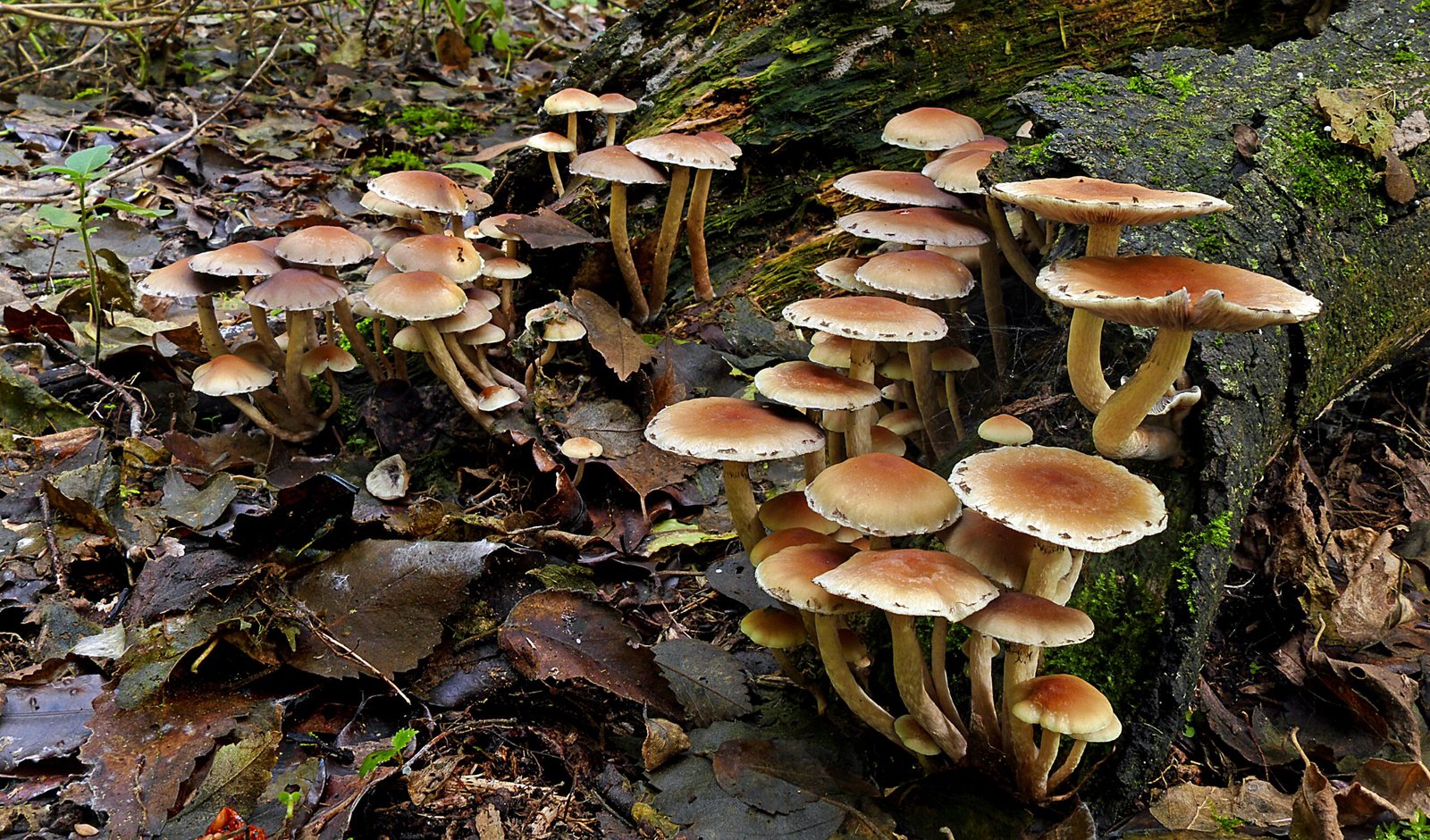
Armillaria spreads with subtlety and precision. Its rhizomorphs—thick, black, root-like cords—move through the soil like underground explorers. When they encounter a tree root, they latch on, burrow in, and begin breaking down the wood. The fungus feeds on the tree’s vital tissues, weakening it from the inside out. Sometimes, it spreads through root-to-root contact between infected and healthy trees, turning a single case into a full-blown epidemic. This methodical spread makes containment nearly impossible once Armillaria has taken hold.
The Devastating Effects on Forest Ecosystems
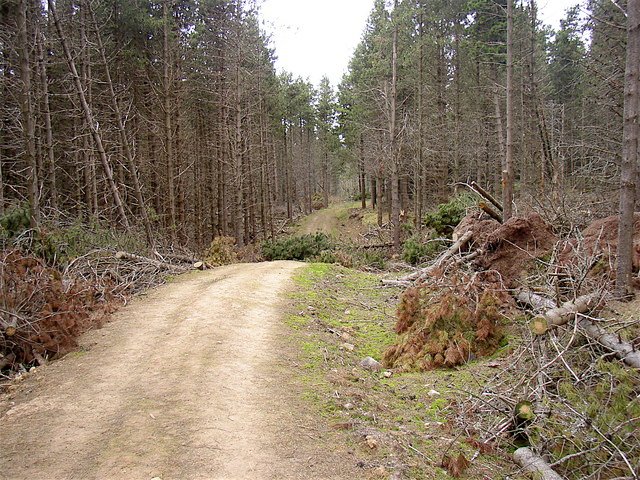
When Armillaria attacks, the damage isn’t limited to a single tree. It can turn a vibrant forest into a graveyard of gray trunks and fallen logs. Trees lose their leaves, bark peels away, and entire stands collapse. This not only changes the face of the forest but disrupts the entire web of life within it. Birds, insects, and mammals lose their homes, while the soil itself becomes less stable. The fungus’s impact ripples outward, affecting everything from water cycles to carbon storage.
The Symptoms: How to Spot an Armillaria Outbreak
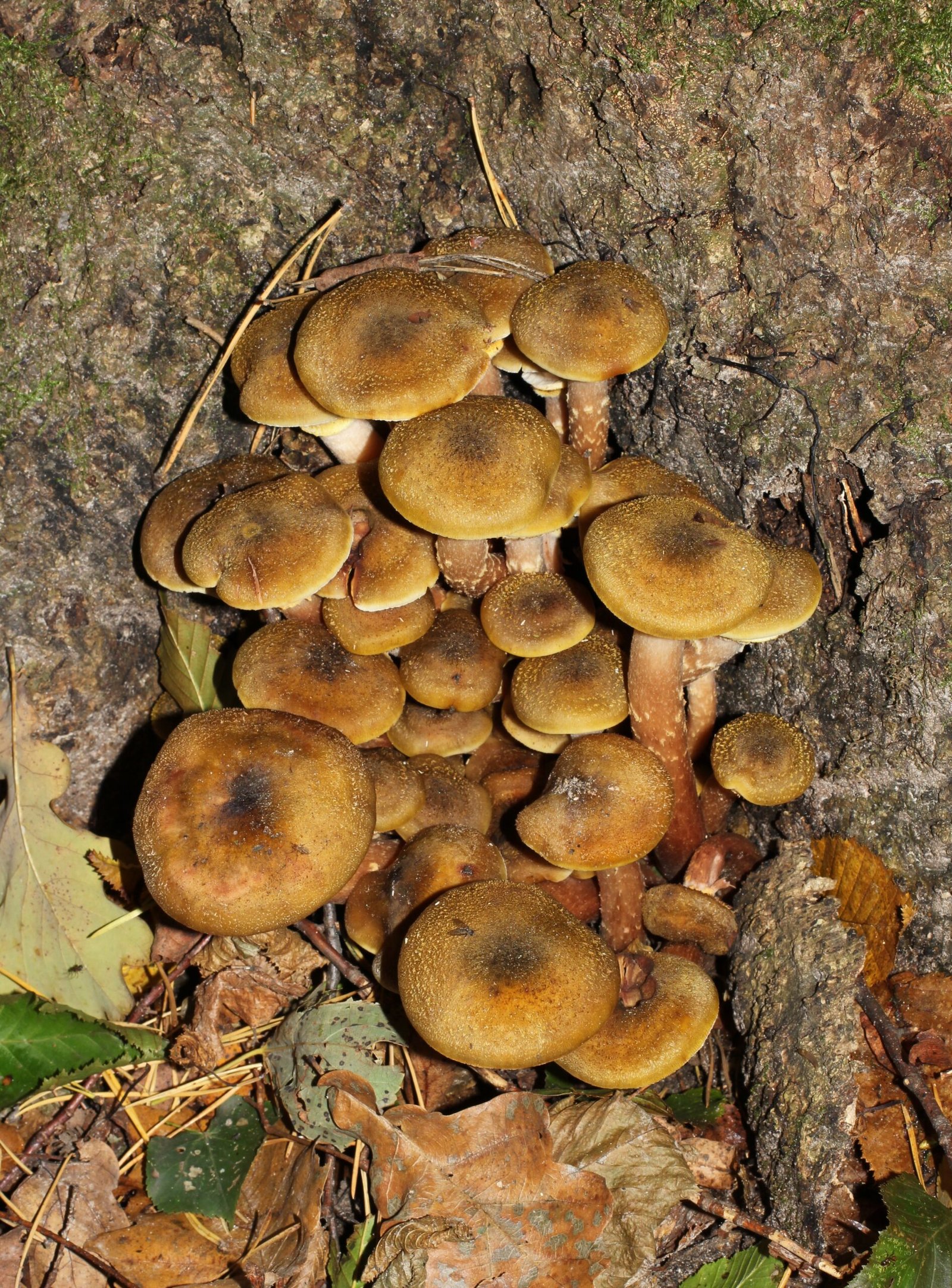
Armillaria doesn’t announce its presence with flashy signs. Instead, its victims show subtle symptoms: yellowing leaves, early leaf drop, cankers at the base of the trunk, and oozing sap. If you dig around the roots of a dying tree, you might find a white, fan-shaped mat of fungal growth—the calling card of Armillaria. Sometimes, clusters of honey-colored mushrooms pop up around infected trees in the fall, but by then, the fungus has already done most of its work underground.
The Science Behind the Attack: Wood Decay and Root Rot
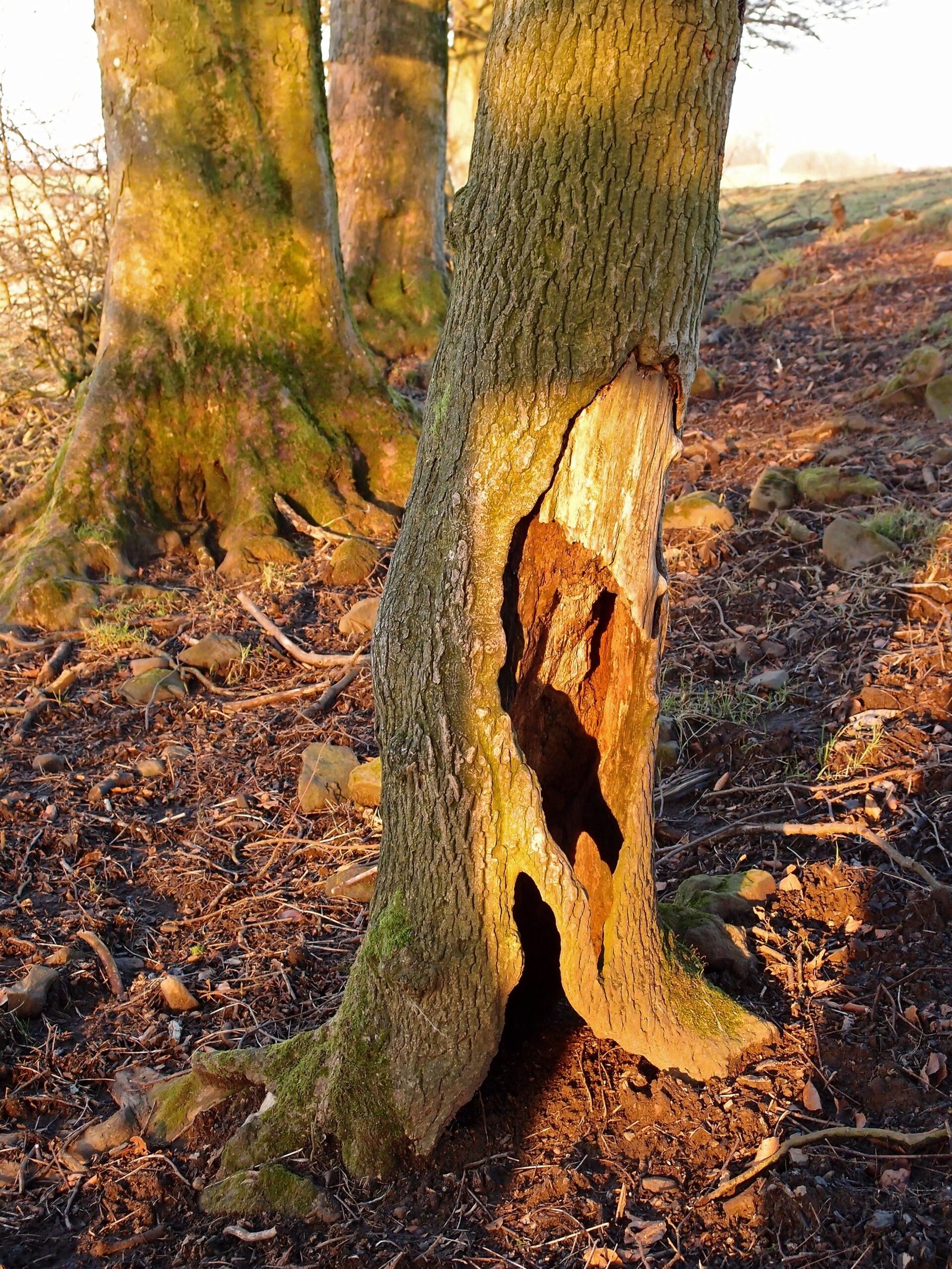
At the heart of Armillaria’s destructive power is its ability to break down wood. Enzymes secreted by the fungus dissolve the tough cell walls of roots and trunks, turning solid wood into a sponge-like mass. This process, called white rot, strips away the tree’s defenses, making it unable to transport water or nutrients. As the tree weakens, it becomes more vulnerable to wind, drought, and other stresses, hastening its death. The fungus then feasts on the remains, fueling its further spread.
Armillaria’s Secret Weapon: Rhizomorphs
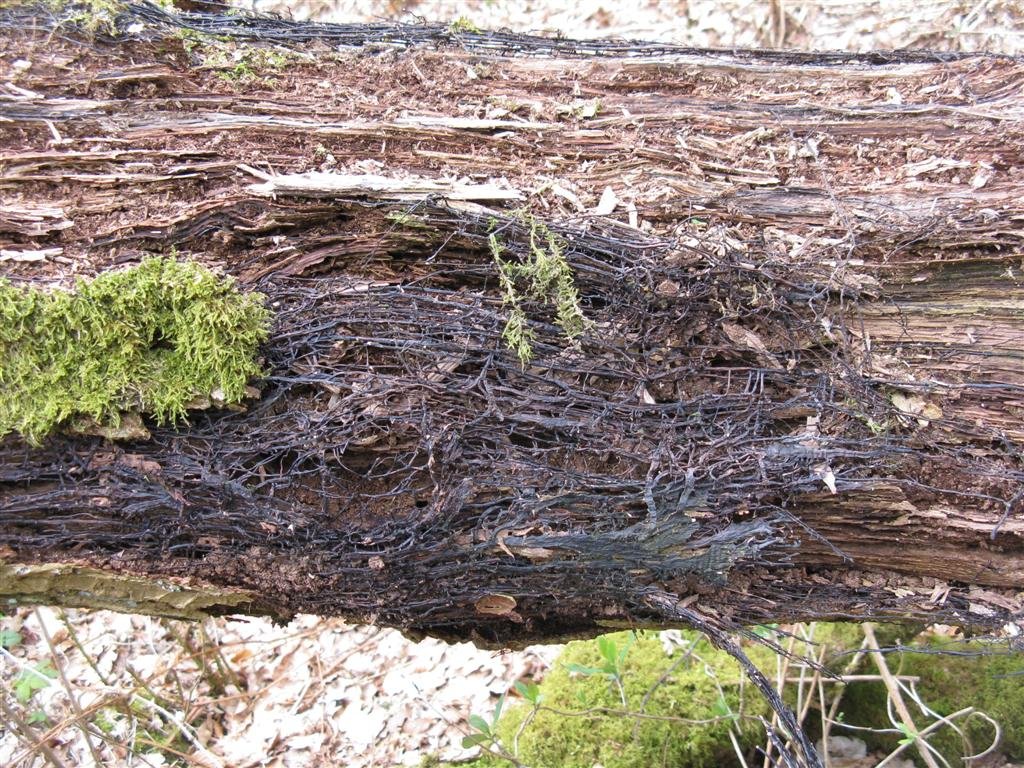
Rhizomorphs are the stealth bombers of the fungal world. Unlike typical fungal threads, these black, cord-like structures are tough, waterproof, and able to travel through dry soil. They can stretch for meters underground, searching for new hosts. When they find uninfected roots, they penetrate and start the infection cycle anew. These rhizomorphs are so resilient that they can survive harsh winters and even periods of drought, lying in wait until conditions improve.
Why Some Trees Survive While Others Perish
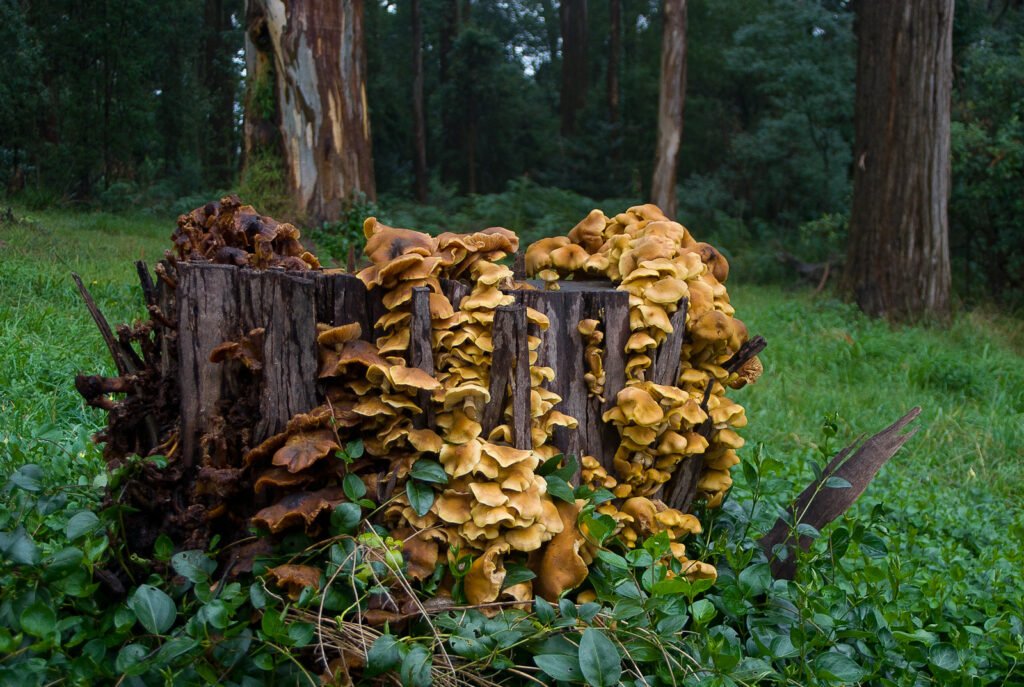
Not all trees are equally vulnerable to Armillaria. Some species, like oaks and pines, have natural defenses that slow the fungus’s advance. Healthy, unstressed trees can sometimes wall off the infection, forming barriers in their wood to trap the fungus. But trees weakened by drought, pollution, or old age are easy targets. Forests already under stress from climate change are especially susceptible, making Armillaria a growing threat in a warming world.
The Role of Climate Change in Fungal Outbreaks
Climate change is giving Armillaria new opportunities to spread. Warmer temperatures, more frequent droughts, and storms all put trees under stress, weakening their defenses against fungal invasion. In some regions, shifting weather patterns allow Armillaria to move into new areas where trees have little resistance. Scientists warn that as our climate continues to change, we may see more frequent and severe outbreaks, transforming forests at an unprecedented pace.
Armillaria in Agriculture and Urban Landscapes
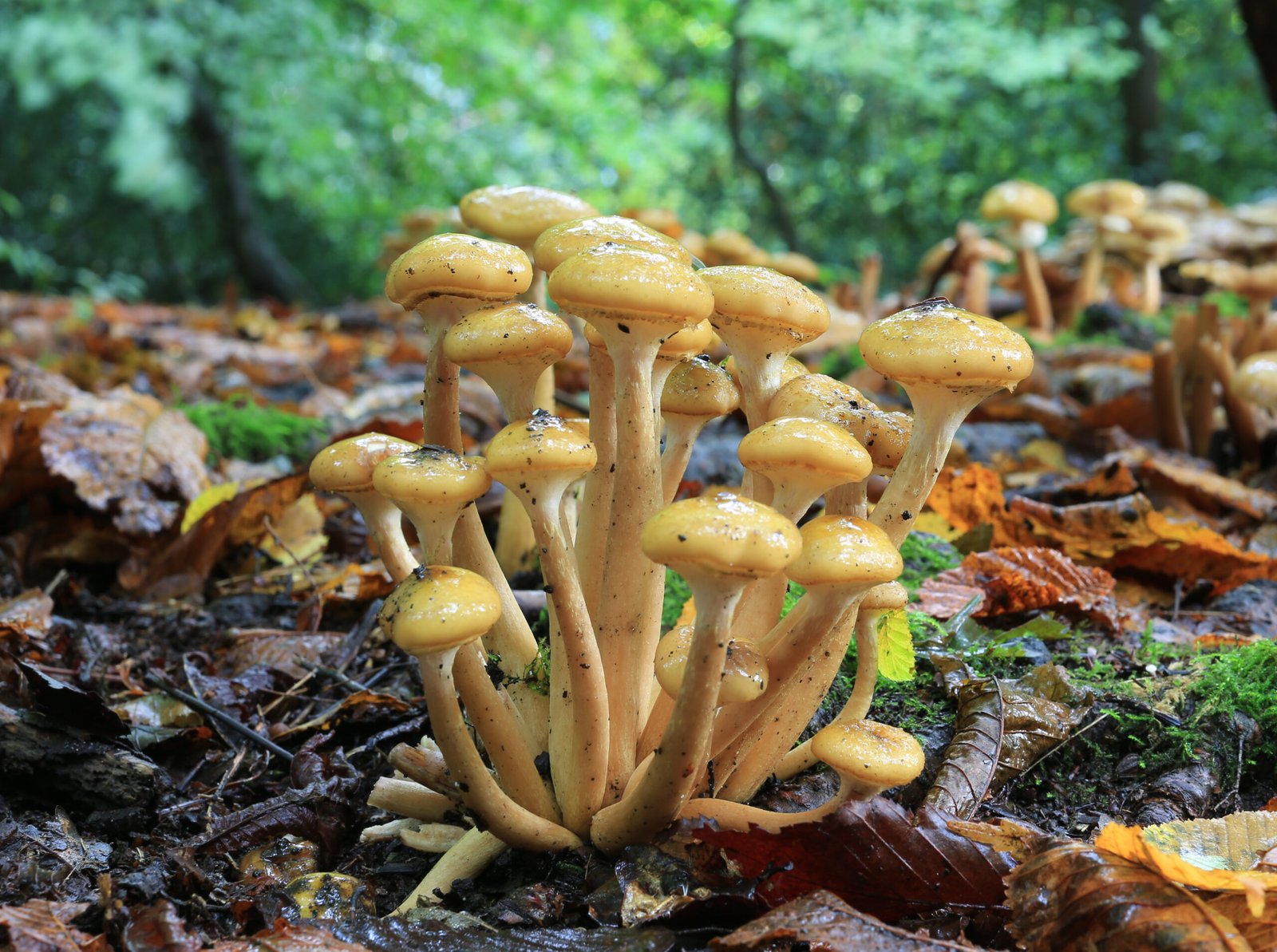
It’s not just wild forests that suffer—Armillaria is a menace in orchards, vineyards, and even city parks. Fruit trees, ornamental shrubs, and garden plants can all fall victim. For farmers and urban planners, an outbreak can mean economic disaster, with entire fields or beloved shade trees lost in a single season. The challenge of managing Armillaria in these settings is even greater, as chemical treatments are often ineffective and removing the fungus can mean tearing up valuable soil.
Real-World Catastrophes: Armillaria in Action
Real-life examples of Armillaria’s wrath are sobering. In North America, patches of forest in the Pacific Northwest have been wiped out, leaving behind eerie clearings where nothing grows. In Europe, oak and beech forests have suffered catastrophic losses, with some regions losing thousands of trees each year. Even in Australia, native eucalyptus woodlands have been hit hard, transforming once-vibrant ecosystems into barren wastelands.
The Hidden Life of the Forest: Fungi as Ecosystem Engineers
Despite its deadly reputation, Armillaria is also a vital part of the ecosystem. By breaking down dead wood and recycling nutrients, it helps new life spring from old. Like a forest’s undertaker, it cleans up the fallen and the weak, making way for the next generation. This dual role—as both destroyer and creator—makes Armillaria a paradoxical figure in the story of the natural world.
Can We Stop the Spread? Management and Control Tactics
Fighting Armillaria is like battling a ghost. Chemical fungicides rarely work, and physical removal is backbreaking and often futile. Some foresters try to plant resistant tree species or improve soil drainage to make conditions less favorable for the fungus. Infected trees are sometimes removed and burned to slow the spread, but these measures only buy time. Ultimately, the best defense is maintaining healthy, resilient forests that can withstand infection.
The Race to Understand: Ongoing Scientific Research
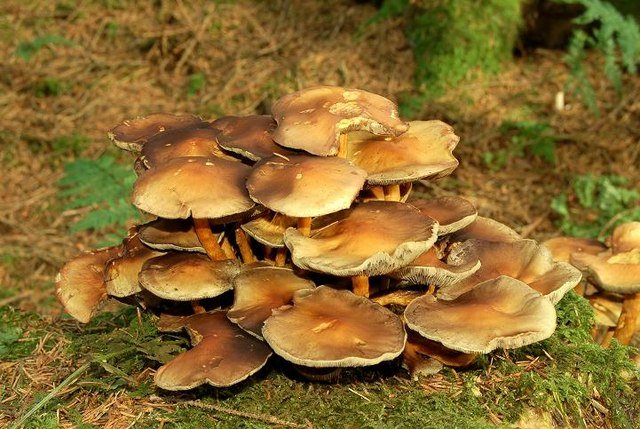
Scientists are racing to unravel the secrets of Armillaria. Genetic studies are revealing how different strains interact, spread, and evolve. Researchers are also exploring natural predators and biocontrol agents—organisms that might fight the fungus or slow its advance. The goal is to find ways to tip the balance in favor of the forest, giving trees a fighting chance against their underground enemy.
Armillaria’s Global Reach: Not Just One Species
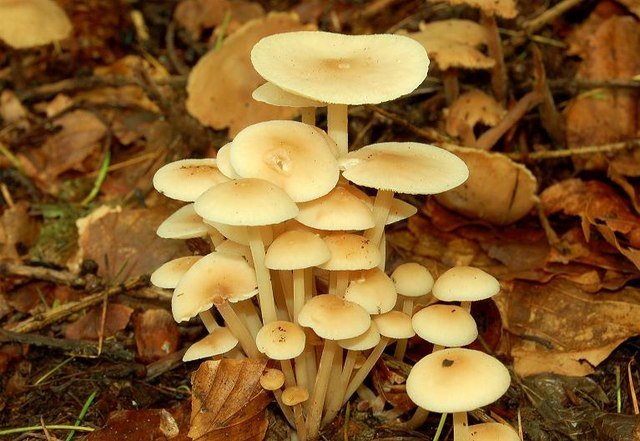
Armillaria isn’t a single villain, but a whole cast of closely related species found all over the world. Some are more aggressive than others, with different trees and climates as their preferred targets. From the chilly forests of Siberia to the subtropical woodlands of Africa, Armillaria has adapted to almost every environment. This global reach makes it one of the most successful—and dangerous—fungi on Earth.
Learning from Indigenous Wisdom and Tradition
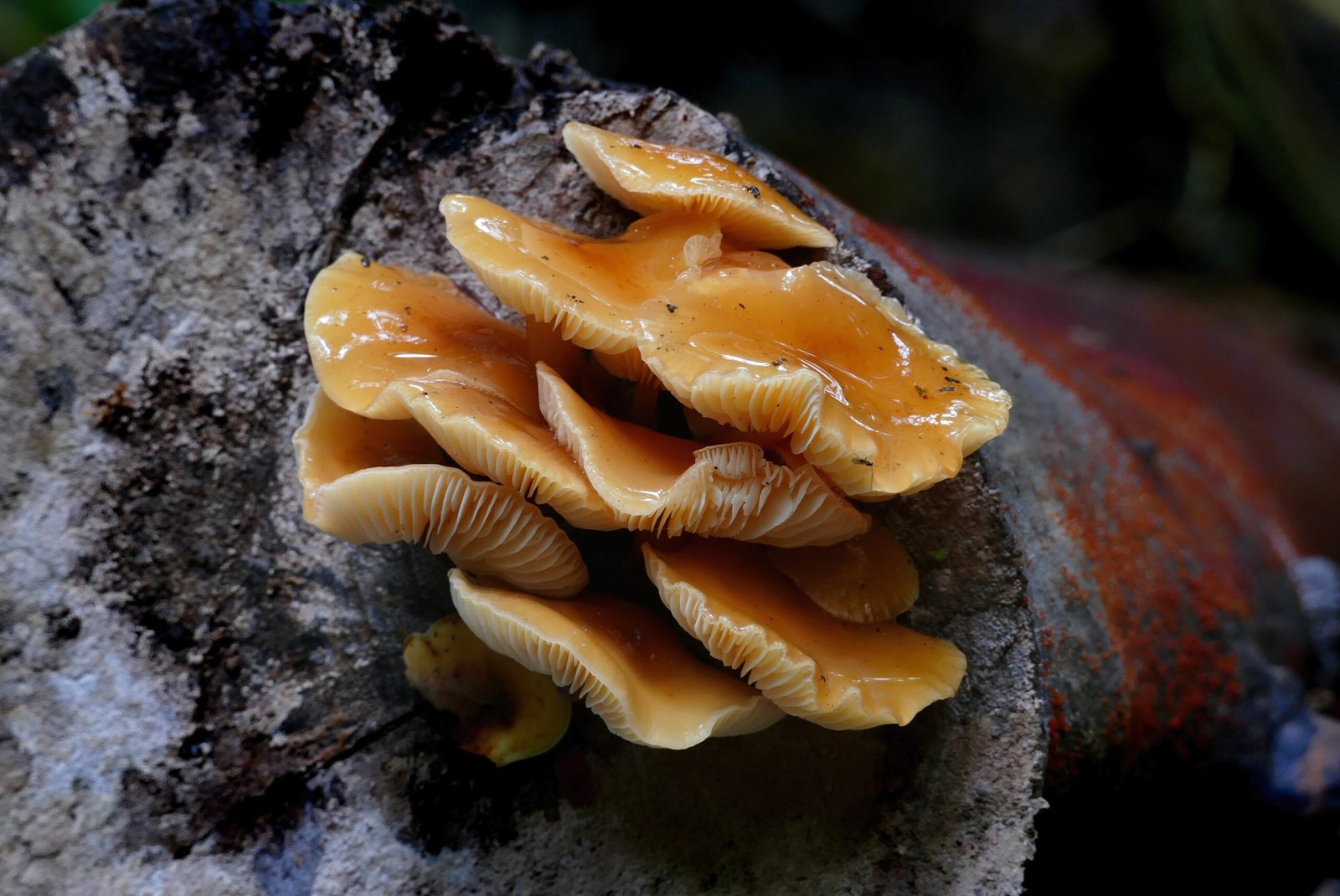
Long before modern science took notice, indigenous peoples recognized the power of fungi in their forests. Some communities have traditional methods of detecting, managing, or even coexisting with Armillaria outbreaks. Their knowledge—passed down through generations—offers valuable insights into the delicate balance between life and death in the woodland. Listening to these stories may hold keys to future solutions.
Fungi in Folklore: The Mysterious Reputation of Armillaria
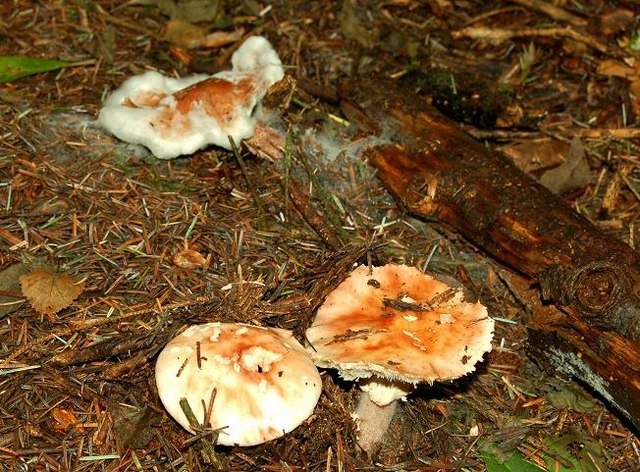
Throughout history, mysterious patches of dead trees and sudden forest die-offs fueled legends about curses, spirits, and hidden dangers. In many cultures, mushrooms have been seen as magical or ominous—a reflection of their strange, unpredictable behavior. Armillaria, with its hidden networks and deadly touch, fits perfectly into these ancient tales, reminding us that even today, nature keeps many secrets.
The Unexpected Silver Lining: New Growth After Destruction
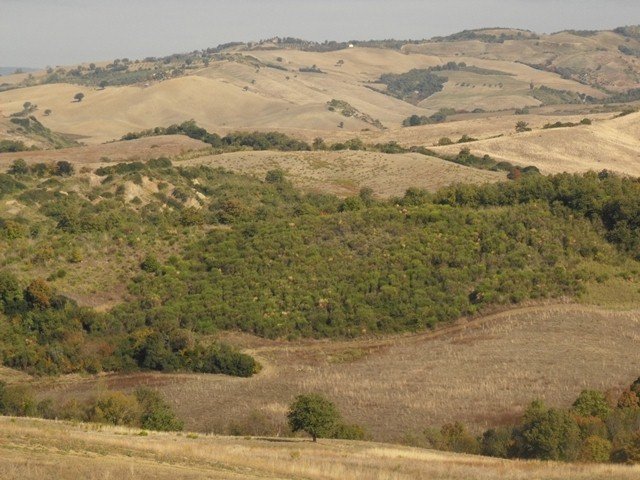
While Armillaria can devastate a forest, it also creates opportunities for renewal. When old giants fall, sunlight floods the forest floor, allowing new plants to thrive. Pioneer species—fast-growing shrubs and trees—move in, setting the stage for a new cycle of growth. In this way, even destruction has a role in the endless dance of life and death that defines the forest.
The Unseen Battle: Trees Fighting Back
Trees aren’t entirely helpless against Armillaria. Some develop chemical defenses, producing compounds that slow the fungus or trap it in isolated pockets. Others team up with beneficial fungi, forming underground alliances that help them resist infection. The struggle between trees and Armillaria is an arms race played out on a microscopic scale—one filled with twists, turns, and surprises.
A Call to Curiosity: What Lies Beneath?
Perhaps the most astonishing thing about Armillaria is how much we still don’t know. The forest floor hides countless mysteries, from silent battles to secret alliances. Every time we walk through the woods, we tread above a world of drama, danger, and transformation. The next time you see a mushroom poking up from the soil, ask yourself: what stories are waiting to be unearthed beneath your feet?

